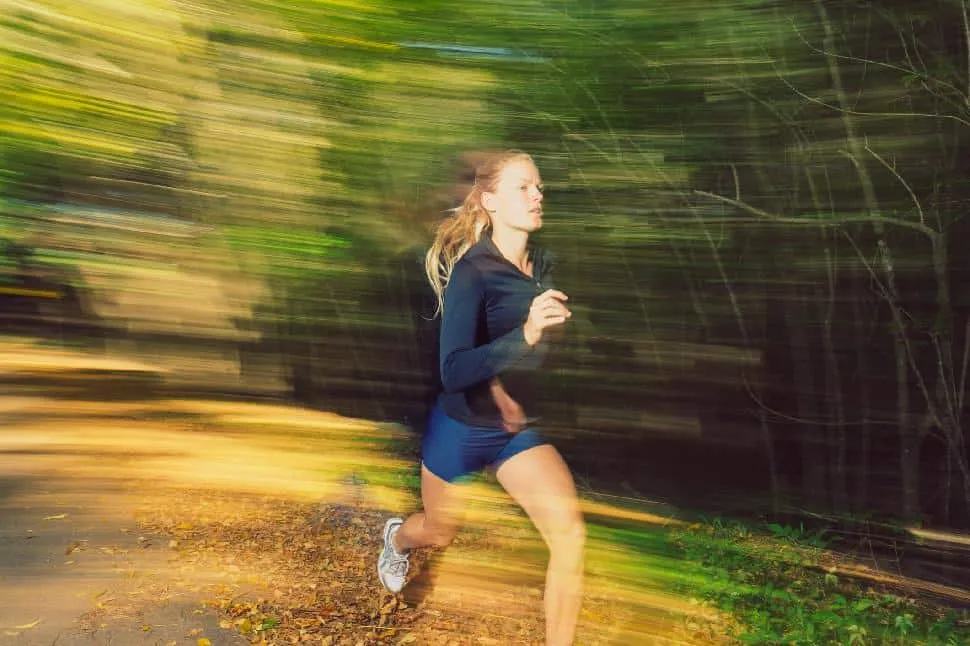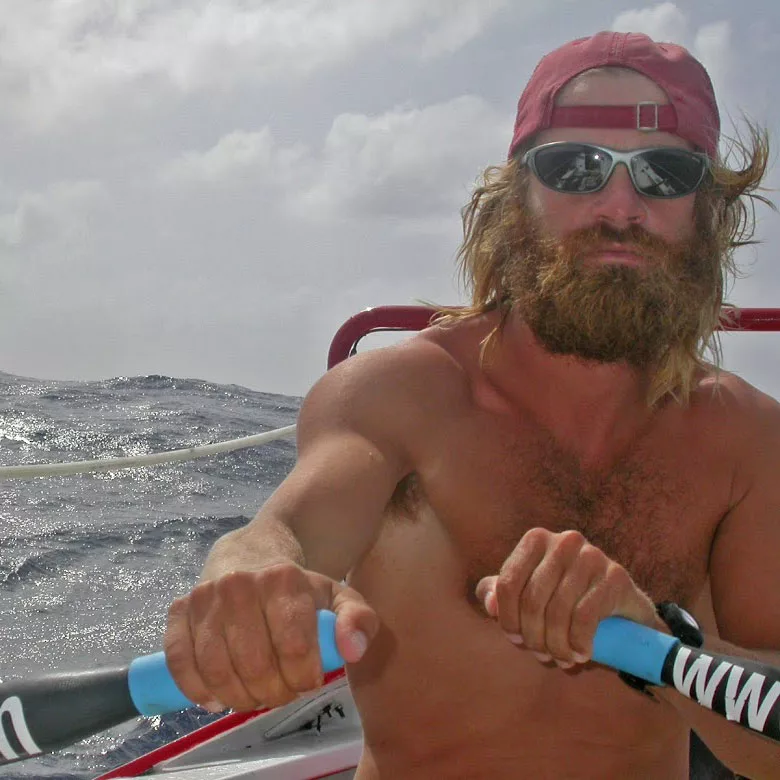Revival of the Fittest

Unless you’ve been living in a cave,you’ve probably noticed all the “Paleo” talk going on; a revival of eating red meat, exercising like a caveman, immersing yourself in the outdoors and doing just about anything else that Fred Flintstone might do.
For those looking for a radical change in personal hygiene, there’s even the Paleo shower — cleaning oneself with just water, no soap or shampoo. In a lot of ways it makes sense; exposing our bodies to conditions we endured for millions of years during the Stone Age (modern society is a blink in comparison to the rest of our evolutionary development) might just be the best thing for us. The basic needs of our bodies are honed by evolution, so the theory is that replicating conditions that sculpted modern humans is likely the way to optimize our health and well-being.
There are many tangents to this overall concept taking on a life of their own. Take, for example, barefoot running. Christopher McDougall made this concept famous in his bestselling book Born to Run. He puts forth a strong argument that shoes are actually detrimental to our bodies. The support and cushioning provided by the modern running shoe changes our stride to a more unnatural movement, which is bad for our knees, hips and back. His theory is so compelling that an entire movement of barefoot running is sweeping the world. Ironically, even the shoe companies that McDougall spoke so harshly of are taking advantage of the trend by offering “barefoot” shoes, footwear which provides no padding or support — just a thin membrane to protect feet from sharp objects.
I like to think I was ahead of the curve in the realm of naked feet. Way back in the ‘90s, when I was sailing across the South Pacific, I noticed many Polynesians chose not to wear shoes. Invariably, they were more surefooted, quick and capable than I was with my shod feet. It was apparent that going barefoot was, at the very least, not impeding them in any way. I decided to take on a personal experiment and go for the next two years unshod. The most immediate benefit was a lack of smell; feet only get malodorous from a lack of air circulation in shoes or sandals. Over the months as my feet toughened up, I slowly became more surefooted. I found the increased feedback coming through the touch receptors in my feet made me much more aware of the surfaces I was walking on. About the same time I started taking a keen disliking to Steve Miller’s lyrics, “shoe the children with no shoes on their feet.” Perhaps the children chose not to wear shoes.
I must admit these days I’m wearing shoes again, a combination of conforming to societal norms and coping with Canadian winters. I have, however, adopted another practice that I am sure would receive a nod from my Paleo pals. New research recently published in Medicine & Science in Sports and Exercise indicates that muscle loss typically thought of as an inevitable part of aging can be halted or reversed through vigorous exercise. In other words, unless you have a debilitating illness or condition, you have a choice as to whether you will be fit or feeble in your senior years.
Of course, this is something we all instinctively know, but I believe there is a secondary component to maintaining a fit lifestyle, which is less-often addressed. Often seniors are also challenged by a loss of coordination and dexterity (outside of situations caused by degenerative diseases). I suspect that just like muscle-loss is caused by a lack of exercise, the brain’s ability to control the body deteriorates when it isn’t being continually challenged. Going for regular jogs and trips to the gym will keep your muscles healthy, but it won’t necessarily assist in maintaining agility. Sports such as tennis, racquetball or soccer, on the other hand, will do wonders for challenging the cerebellum.
My new favourite activity is log running. Instead of jogging down trails, I now run along the logs and riprap at a nearby beach. Intense focus is required when balancing and jumping from rickety log-to-log or rock-to-rock; just like what a caveman would endure. Every day I feel my ability to negotiate challenging terrain improving. While I haven’t yet seen any studies on this subject, I have no doubt that by continually pushing the boundaries of my balance and coordination I will increase the chances of living a healthy lifestyle down the road.
Because of sabertooth tigers, warring neighbours and a lack of medical insurance the average caveman only lived to about 35. But for the very same reasons, the few that did make it to 75 were probably pretty nimble on their feet. After all, it was about survival of the fittest. Now that basic survival is less of a challenge, it’s more about taking on the physical prowess of those geriatric cavemen — a revival of the fittest.
This article appeared in our Winter 2013 issue.














